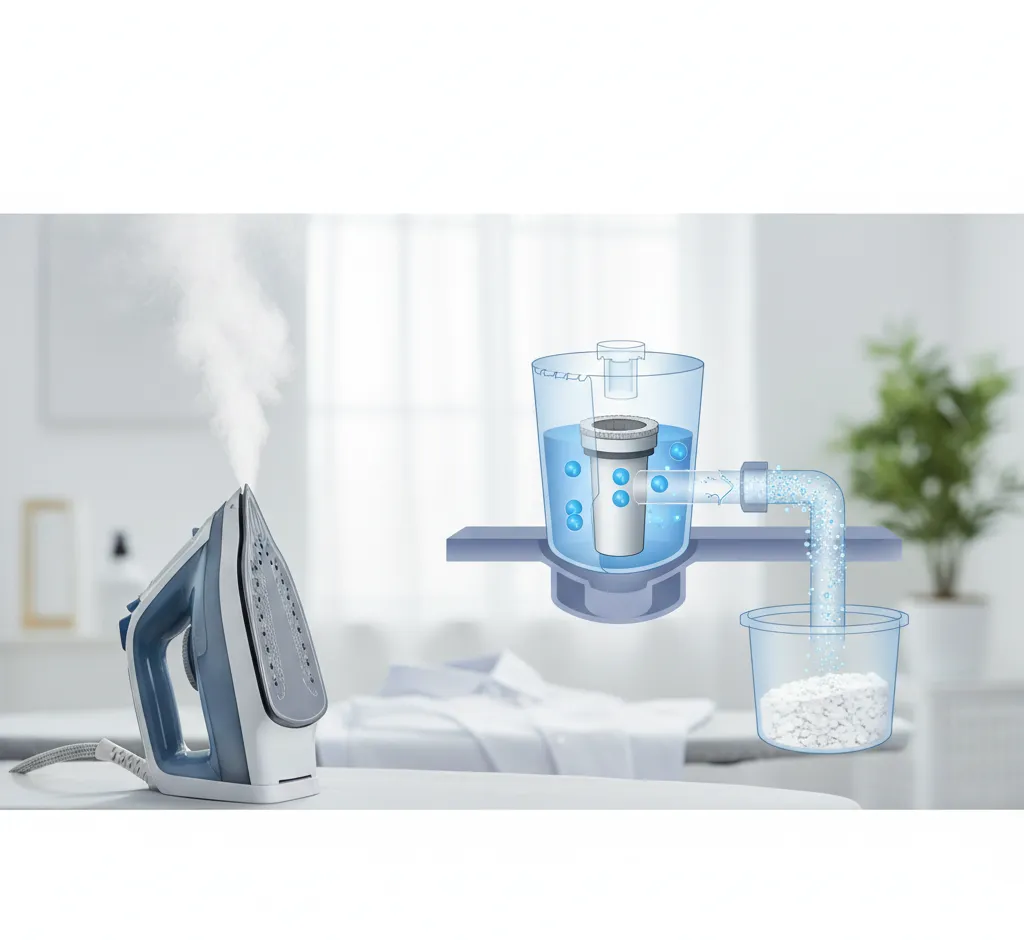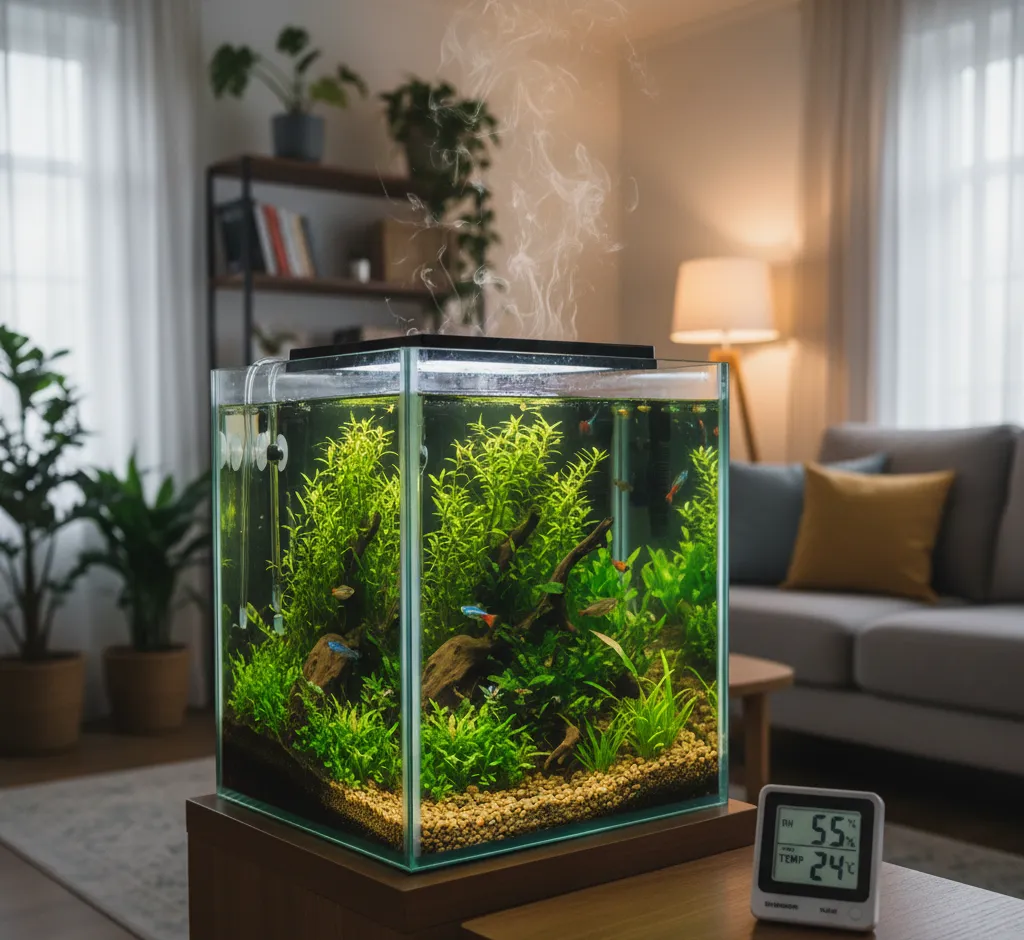The Kinetic Advantage: Why Running Water Beats Soaking Alone for Superior Cleanliness and Therapy
Explore the scientific reasons why dynamic, running water is superior to static soaking for cleanliness, hygiene, and therapeutic benefits. Learn about wall shear stress and mass transfer in this in-depth guide.

💦 The Fundamental Difference: Motion vs. Stasis
In countless daily activities—from washing dishes and showering to sophisticated industrial cleaning processes and physical therapy—we encounter a fundamental choice: should we let things sit in water, or should we use **running water**? While soaking has its undeniable merits, especially for breaking down tough deposits, the overwhelming evidence from physics, chemistry, and biology points to the superior, multifaceted benefits of dynamic fluid motion.
The difference lies in the concept of **kinetic energy** and **mass transfer**. Static immersion relies primarily on diffusion and chemical action. Dynamic flow, however, introduces a powerful mechanical force and continuously resets the concentration gradient, vastly accelerating the desired outcome, whether it's hygiene or healing. This article dives deep into the science and practical applications proving why running water, or any form of dynamic water action, is the clear winner for achieving superior results.
🔬 The Science of Superior Cleaning: Wall Shear Stress and Transport
The core advantage of running water in cleaning—be it hands, surfaces, or industrial equipment—stems from two critical concepts in fluid dynamics:
1. Wall Shear Stress: The Mechanical Scour
When water flows across a surface, it creates a frictional force parallel to that surface, known as **wall shear stress** ($\tau_w$). This mechanical force acts directly on contaminants, physically lifting, loosening, and sweeping away dirt, soil, and microbial biofilms. The faster the flow (and the more turbulent it is), the greater the shear stress.
- Soaking: In a static soak, the cleaning mechanism is purely chemical (detergent breaking down the soil) and diffusive (solubilized soil moving away slowly). There is virtually no mechanical lift.
- Running Water: The shear stress supplements the chemical action, actively breaking the adhesive bonds holding the soil to the surface. This is why a quick rinse often removes what a long soak leaves behind—the mechanical action is far more efficient than mere diffusion.
2. Enhanced Mass and Heat Transfer: Continuous Renewal
Cleaning efficiency is often limited by how quickly the cleaning agent (like soap) reaches the dirt and how quickly the dissolved contaminants move away from the surface. This is known as **mass transfer**.
In a static soak, as the dirt dissolves, the concentration of contaminants near the surface increases, and the concentration of fresh cleaning agent decreases. This reduces the concentration gradient, slowing the entire process to a crawl (a phenomenon often called **saturation**). The effectiveness of the detergent near the surface is dramatically lowered.
Running water solves this by continuously replenishing the liquid layer closest to the surface, delivering fresh detergent molecules and carrying away the dissolved contaminants in an endless cycle. This sustained, high-level concentration gradient ensures the chemical action proceeds at its maximum rate until the surface is perfectly clean. In essence, flow prevents **localized saturation**.
⚕️ Beyond Cleanliness: The Therapeutic Power of Dynamic Flow
The benefits of kinetic water extend far beyond mere sanitation, forming the foundation of modern **hydrotherapy** and rehabilitation practices.
Increased Circulation and Vascular Health
In a hot or cold soak, temperature is the primary driver of therapeutic effect—heat for vasodilation, cold for vasoconstriction. However, dynamic water flow adds a layer of mechanical stimulation that significantly enhances the circulatory effect.
- Active Massage: Jets or powerful streams of water (e.g., in a shower or whirlpool) act as a continuous, gentle massage, directly stimulating peripheral blood vessels. This mechanical pressure is more effective at promoting localized blood flow than static immersion alone, accelerating the removal of metabolic waste products like lactic acid from sore muscles.
- Hydrostatic Pressure Variation: The pressure exerted by water in a moving stream is constantly changing, engaging the body's vascular system in a more active way than the uniform pressure of a static bath, further improving circulation and reducing swelling.
Superior Wound Cleansing and Healing
For medical applications, running water (irrigation) is a gold standard. When treating wounds or burns, a static soak is often discouraged because:
- It allows bacteria and debris to remain in contact with the wound, potentially leading to **cross-contamination**.
- The static water becomes saturated with contaminants and exudate, slowing down the vital debridement process.
Controlled, running water—whether via a shower, a hose, or a specialized irrigation device—provides the essential **mechanical debridement** (wall shear stress in action) while simultaneously ensuring all loosened foreign material and dead tissue are immediately washed away, reducing the microbial load and creating a cleaner environment for healing.
Psychological and Sensory Benefits: The 'Blue Mind' Effect
The psychological impact of water is well-documented—often referred to as the 'Blue Mind' phenomenon. While a bath provides relaxation, the experience of running water adds unique sensory stimulation:
- Auditory Comfort: The sound of a stream, a waterfall, or even a running faucet is often perceived as soothing white noise, promoting a state of calm and reducing cognitive stress.
- Continuous Novelty: The constant movement and changing patterns of light reflecting off running water engage the brain in a state of 'soft fascination'—an effortless attention that allows for mental restoration without the taxing concentration required by a complex environment.
⚙️ Practical Applications: Where Dynamic Action Excels
Let's look at key areas where the kinetic advantage of running water is irrefutable:
Kitchen Hygiene: Rinsing vs. Soaking
Consider washing vegetables or rinsing suds from a plate. A static basin of water quickly becomes a bath of mixed contaminants (soil, pesticides, soap residue). The goal is removal, not mixing. Running water instantly flushes these materials down the drain, preventing re-deposition and ensuring the food or surface is truly clean. The shear force helps lift microscopic debris that simple diffusion would leave behind.
Industrial Cleaning-in-Place (CIP)
In highly regulated industries like pharmaceuticals and food and beverage processing, **Cleaning-in-Place (CIP)** systems rely almost entirely on highly turbulent, high-velocity fluid flow. The mechanical force of the running cleaning solution is deliberately engineered to achieve a target wall shear stress, which is the primary driver for removing persistent, sticky food soils and biofilms that would be impossible to remove with a mere static soak, regardless of detergent concentration.
Personal Care and Handwashing
The effectiveness of handwashing is a crucial public health measure. The CDC and WHO guidelines emphasize washing under running water. Why? The mechanical act of rubbing (friction) combined with the shear stress of the flowing water is what physically dislodges viruses and bacteria, which are then immediately carried away by the flow, ensuring they don't simply settle back onto the skin.
⚖️ When Does Soaking Win? The Role of Time and Chemistry
It is important to acknowledge that soaking is not without its uses. Its strengths lie in prolonged chemical engagement and hydration:
- Softening Hardened Deposits: For heavily encrusted, dried, or calcified deposits (like baked-on food or mineral scale), soaking provides the necessary **contact time** for chemicals (like enzymes or acidic solutions) to penetrate and solubilize the matrix before mechanical action is applied.
- Hydration: Rehydrating dried legumes, removing salt from certain foods, or preparing tissue samples for histology requires slow, passive diffusion—a process where static immersion is ideal.
However, in most real-world scenarios requiring genuine **removal** and **purification**, soaking is merely the *pre-treatment*. The crucial final step—the effective elimination of the loosened material and the contaminated water itself—always requires dynamic rinsing. The optimum process is often a combination: Soak to loosen, flow to remove.


